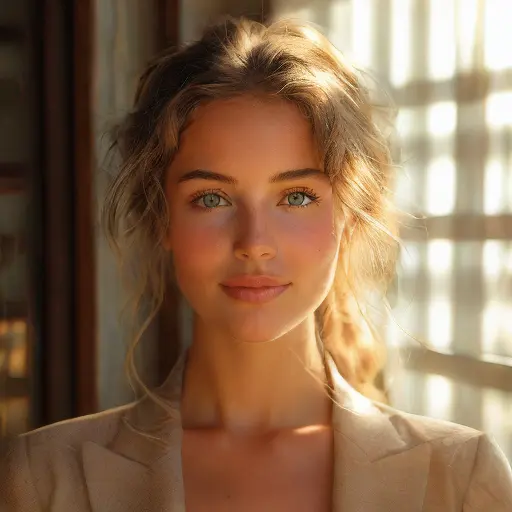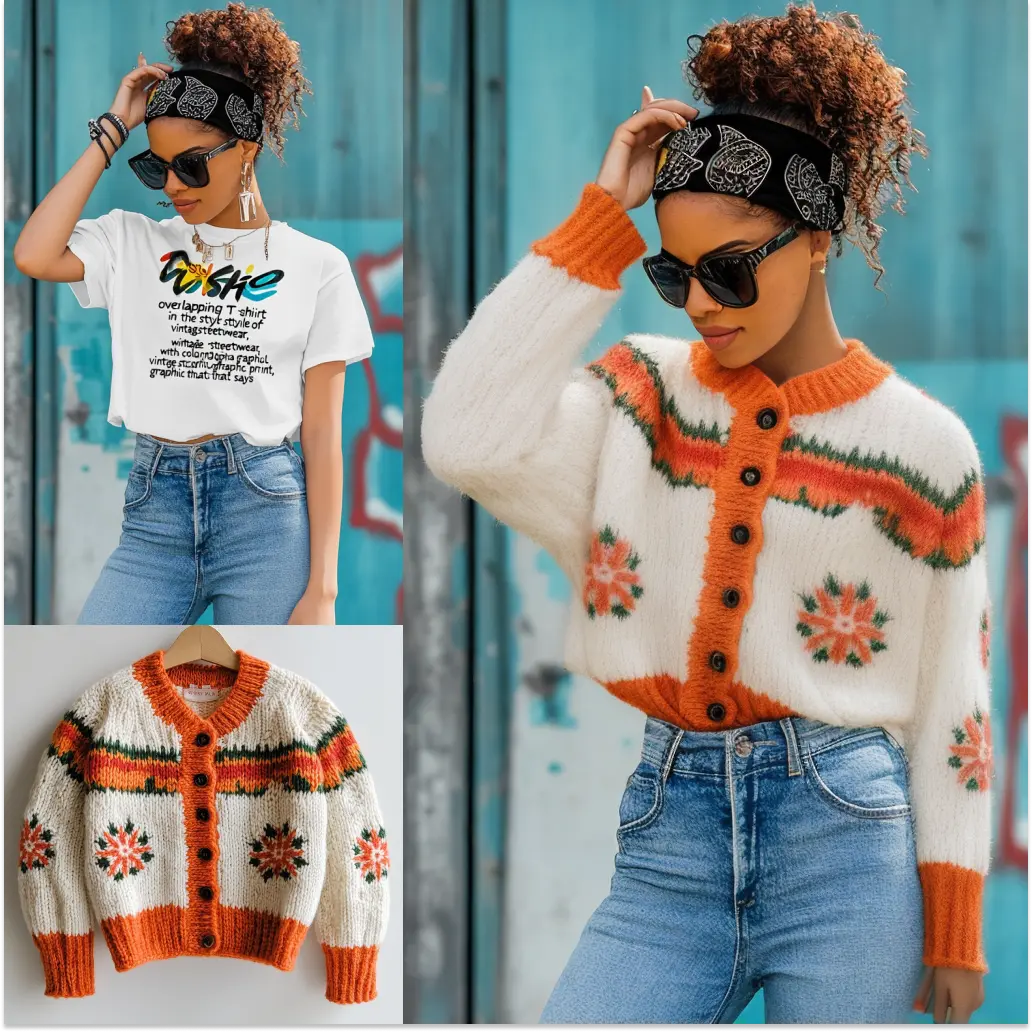ComfyUI Node: LayerStyle: InnerShadow
LayerStyle: InnerShadow
Category😺dzNodes/LayerStyle
chflame163 (Account age: 729days) Extension
ComfyUI Layer Style Latest Updated
2025-03-26 Github Stars
2.13K
How to Install ComfyUI Layer Style
Install this extension via the ComfyUI Manager by searching for ComfyUI Layer Style- 1. Click the Manager button in the main menu
- 2. Select Custom Nodes Manager button
- 3. Enter ComfyUI Layer Style in the search bar
Visit ComfyUI Online for ready-to-use ComfyUI environment
- Free trial available
- 16GB VRAM to 80GB VRAM GPU machines
- 400+ preloaded models/nodes
- Freedom to upload custom models/nodes
- 200+ ready-to-run workflows
- 100% private workspace with up to 200GB storage
- Dedicated Support
LayerStyle: InnerShadow Description
Add realistic inner shadow effects to images for depth and dimension, enhancing layering and separation visually.
LayerStyle: InnerShadow:
The LayerStyle: InnerShadow node is designed to add a realistic inner shadow effect to your images, enhancing depth and dimension. This node is particularly useful for creating a sense of layering and separation between different elements in your artwork. By manipulating parameters such as shadow color, opacity, and blur, you can achieve a variety of shadow effects that can make your images more visually appealing and professional. The node processes the input images and applies the inner shadow effect based on the specified parameters, ensuring that the shadow blends seamlessly with the original image.
LayerStyle: InnerShadow Input Parameters:
background_image
This parameter takes an image that serves as the background layer over which the inner shadow effect will be applied. The background image is essential as it provides the base context for the shadow effect.
layer_image
This parameter takes an image that represents the layer to which the inner shadow will be applied. The layer image is the primary focus of the shadow effect, and it is essential for creating the desired depth.
invert_mask
This boolean parameter determines whether the mask should be inverted. The default value is True. Inverting the mask can help in achieving different shadow effects by altering the areas where the shadow is applied.
blend_mode
This parameter specifies the blending mode used to combine the shadow with the layer image. Different blend modes can produce various visual effects, allowing for creative flexibility.
opacity
This integer parameter controls the transparency of the shadow. The default value is 50, with a minimum of 0 and a maximum of 100. Adjusting the opacity can make the shadow more or less prominent.
distance_x
This integer parameter sets the horizontal offset of the shadow. The default value is 5, with a range from -9999 to 9999. Changing this value shifts the shadow horizontally, creating different shadow positions.
distance_y
This integer parameter sets the vertical offset of the shadow. The default value is 5, with a range from -9999 to 9999. Adjusting this value shifts the shadow vertically, allowing for various shadow placements.
grow
This integer parameter controls the expansion of the shadow. The default value is 2, with a range from -9999 to 9999. Increasing this value makes the shadow larger, while decreasing it makes the shadow smaller.
blur
This integer parameter determines the amount of blur applied to the shadow. The default value is 15, with a range from 0 to 100. Blurring the shadow can create a softer, more diffused effect.
shadow_color
This string parameter specifies the color of the shadow. The default value is #000000 (black). Changing the shadow color can produce different visual effects and match the shadow with the overall color scheme of the image.
layer_mask
This optional parameter takes a mask image that defines the areas where the shadow should be applied. Using a mask can help in creating more complex and precise shadow effects.
LayerStyle: InnerShadow Output Parameters:
image
This output parameter returns the image with the applied inner shadow effect. The resulting image combines the background and layer images with the specified shadow parameters, producing a visually enhanced final image.
LayerStyle: InnerShadow Usage Tips:
- Experiment with different
blend_modesettings to achieve unique shadow effects that complement your artwork. - Adjust the
opacityparameter to control the intensity of the shadow, making it more subtle or more pronounced as needed. - Use the
distance_xanddistance_yparameters to position the shadow in a way that enhances the depth and dimension of your image. - Increase the
blurparameter for a softer shadow effect, which can create a more natural and less harsh appearance. - Utilize the
layer_maskparameter to apply the shadow effect selectively, allowing for more precise and creative shadow placements.
LayerStyle: InnerShadow Common Errors and Solutions:
Warning: InnerShadow mask mismatch, dropped!
- Explanation: This warning occurs when the size of the mask does not match the size of the layer image.
- Solution: Ensure that the mask image is the same size as the layer image to avoid this warning and achieve the desired shadow effect.
Error: Invalid shadow color format
- Explanation: This error occurs when the
shadow_colorparameter is not in a valid color format. - Solution: Make sure to provide the shadow color in a valid hex format, such as
#000000for black.
Error: Invalid parameter value
- Explanation: This error occurs when one of the parameters is set to a value outside its allowed range.
- Solution: Check the parameter values and ensure they are within the specified ranges. For example,
opacityshould be between0and100, andblurshould be between0and100.
LayerStyle: InnerShadow Related Nodes
RunComfy is the premier ComfyUI platform, offering ComfyUI online environment and services, along with ComfyUI workflows featuring stunning visuals. RunComfy also provides AI Playground, enabling artists to harness the latest AI tools to create incredible art.




